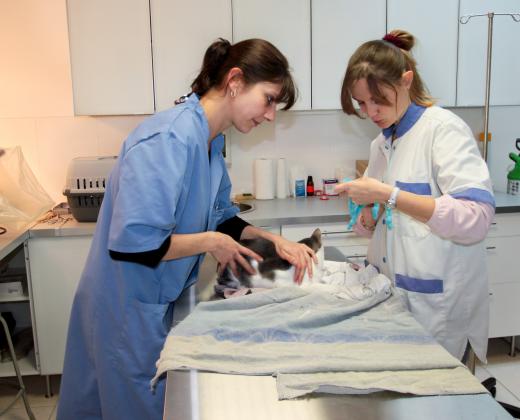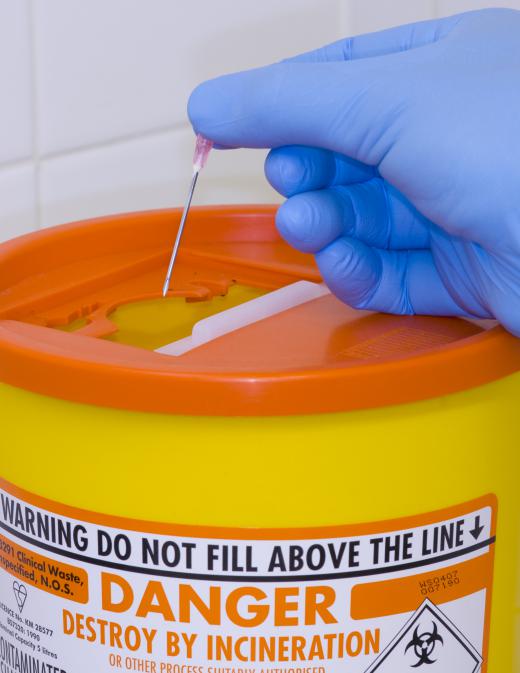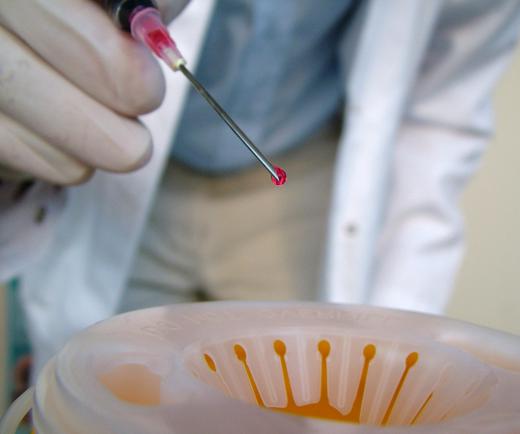Medical waste is solid waste created by diagnosing, treating or immunizing people or animals. It can also be the product of the research and testing of biological products. This term is defined specifically by the Medical Waste Tracking Act of 1988.
Two million tons of medical waste are produced each year. Most of it comes from hospitals, but other sources include doctor’s offices, dental practices, research facilities, laboratories and veterinarian offices. Companies that manufacture pharmaceuticals also produce high amounts of this waste.

Medical wastes are typically divided into one of four categories: infectious, radioactive, hazardous and general waste. The Environmental Protection Agency (EPA) states that approximately 15 percent of waste is infectious. Infectious waste is that which can cause harm to people or the environment, and this category includes items such as bandages, surgical gloves, surgical instruments, needles and microbial dishes, cultures and cloths. Other types include waste found in household garbage cans, such as paper or plastic.

Infectious waste must be managed and contained to avoid spreading infection, toxins and pollutants. If these materials penetrate the body, they can lead to serious diseases. The containment and safe transportation of biomedical waste is required for healthcare organizations, pharmaceutical companies, veterinary practices and other such environments.

Medical waste should be stored in airtight containers placed in cool, dark places such as a refrigerator. The lid on the container should be leak-proof and unable to be punctured, and the container should be labeled appropriately and indicated to be a biohazard material. Disinfectants should be placed in close proximity to the waste in case a spill occurs. Anything that comes in contact with this waste should be considered medical waste and treated the same.

Medical waste disposal is regulated by the Resource Conservation and Recovery Act (RCRA). Most of this regulated medical waste goes to one of 2,400 incinerators in the United States. At temperatures from 650 to 900 degrees Celsius (1202 to 1652 degrees Fahrenheit), the waste is burned. These incinerators are a health hazard, however, as they release pollutants such as carbon monoxide, lead and mercury into the air.

Another option for disposing of certain types of biomedical waste is to put them in landfills. However, these use up valuable resources of the earth, and scientists worry that there will come a point when there will be no more room in landfills. Those in charge of medical waste management are working to develop alternative methods of disposal that do not pose health or environmental threats.
